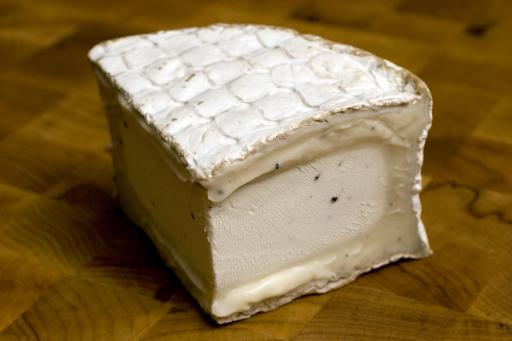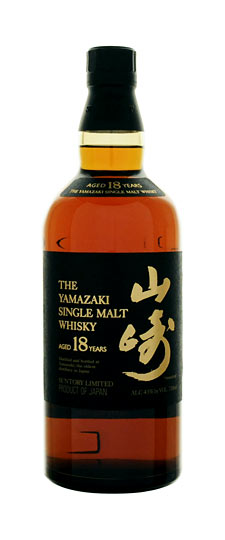 |
| Tour de France |
Ahhh the Pyrenees. For those of you who watch the Tour de France, this is where you see stunning mountain scenery, incredible athletes giving their all, world-famous bike crashes and maybe this:
 |
| Road Block in the Pyrenees |
These mountains are also where some of the most distinctive cheeses in the world are made. Some people incorrectly claim that all of the cheeses in this area are made with sheep milk, but some are made with cow, goat or even a mixture of different types of milk. Like the Alps, this region is famous for Tomme or Tome cheese, but you can find blues and wash-rind cheeses ripening in caves all along the Ossau-Iraty appellation of France. In addition to sampling the various cheeses, you can even watch cheese-making demos in some of the fromageries in the area.
Since I already talked a little bit about the affineur, Herve Mons, in the previous post, I will get straight to the cheese review.
 |
| Bethmale |
Bethmale is one of those cheeses that will make you think of the country. When my mom and I were in France visiting one of the mountain towns, a lady stepped out of her car, took in a grand breath of air and proclaimed, "Ohh,
Ça sent la vache!" Which translates as "Ohh, It smells like cows!" Of course it sounds much nicer in French. She and her companion did happen to be parked right near a cow pasture when this occurred, and yes, the air did smell like a farmyard.
I know not everyone loves the smell of the country, but it's an aroma that nearly everyone can recognize. During the winters in Boulder, we get a stronger, slightly repugnant smell just before it snows when there's a temperature inversion that allows the stench from the slaughter house in Greeley to waft in our general direction. Unlike so many wonderful handcrafted cheeses, that odor is not pleasant.
It's not so much that Bethmale has a strong bouquet, it's more that the entire experience of eating the cheese transports you to towns in these majestic mountain settings.
Like so many cheeses made in South Western France, Bethmale is made in a traditional way, with raw milk from small local dairies and aged in caves. Don't worry, though, the caves of Herve Mons are more like rooms than actual caves, and they are watched over diligently. This cheese happens to be made with cow's milk.
 |
| Herve Mons caves. |
Many people will claim that Bethmale has a mild, nutty and earthy flavors, but I have to say that it's a little bit like licking the ground of a barnyard. I know that SOUNDS bad, but I don't mean this in a bad way. Of course, I have never actually licked the floor of a barnyard; what I mean is that the flavor is not as delicate as something like Le Chartreux, a similar cheese that's much more refined. The Bethmale is stronger, more primitive with hints of bitterness that linger long after the cheese has passed your gullet. I don't want to give the impression that I don't like the cheese, I just prefer Le Chartreux. If nothing more, the cheese has a memorable taste.
I found this bit of information from CheeseNotes.com:
Bethmale cheese dates back to the early 12th century, when Louis VI of France tasted it during a visit to the region. At the time, it was described as ‘the fat cheese of Saint-Girons’, a description that could still apply today since, when cut, the interior paste glows with fat and is distinctive for its horizontal slits.
The fat glistening can be seen the more the cheese is warmed.
 |
| Bethmale cheeses glisten as the get warm. |
What I like about this cheese is that it grows on you. The first bite might cause your nostrils to flare and your eyebrows to rise, but take a few more bites to let the milder notes emerge. Let the cheese linger in your mouth. You will like the earthy, nutty, floral and almost spicy bouquet. The rind is salted and washed. Its flavor is strong, so if you haven't tried this cheese, you might want to start with the softer, less pungent interior, though be prepared for at least some pungency.
 |
| Half eaten Bethmale that I should have wrapped better. |
This cheese can stand up to a full-bodied read wine such as a Malbec or Bordeaux.
 |
| This red goes well with Herve Mons Bethmale. |










.jpg)



![marioegidio6 [320x200] marioegidio6 [320x200]](http://www.fattoriefiandino.it/wp-content/uploads/2009/12/marioegidio6-320x2002-300x181.jpg)








